Spring Test Apparatus
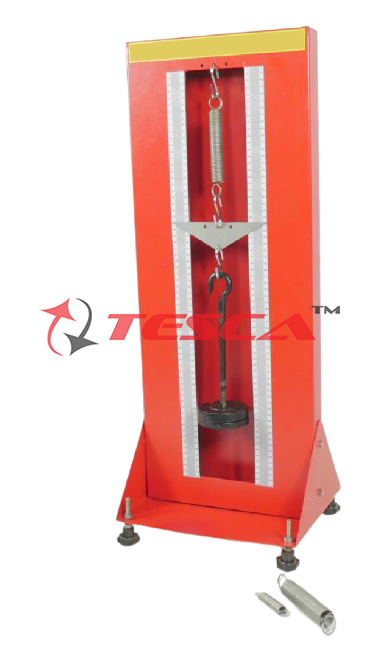
Order Code: 32216
Category: Strength of Materials Lab
Features Fundamental and accurate test instrument to test single springs and springs in series and parallel Tests springs and finds their properties good for mechanical workshops and classroom use Includes a set of different sp...
SPECIFICATION
Features
- Fundamental and accurate test instrument to test single springs and springs in series and parallel
- Tests springs and finds their properties good for mechanical workshops and classroom use
- Includes a set of different springs to compare spring rates and effect of different spring sizes
- Wide range and variety of experiments
- Supplied with user guide which includes theory, experiments and results
- Easy-to-use, compact instrument that fits on a small bench or desktop
- Ideal for groups of students or classroom demonstrations
- Includes two sets of masses to work with many different springs
Tesca Spring Test Apparatus uses a fundamental variable mass and scale measurement to test springs. It shows students how to find the properties of a spring and proves some basic laws of physics (Hooke’s law, Newton’s law and spring design rules). It is also a useful tool for a workshop, to check the properties of a spring before it is used, or after it has been used.
The apparatus is a compact metal frame with adjustable feet so the user can make the apparatus level. The back of the frame has a storage area for springs and masses. The front of the frame has a metric scale each side of a large slot, where the test spring hangs.
Students choose a spring and note its dimensions. They then slowly load the spring with the masses (included) and note its extension against the metric scale. Students use their results to find the properties of the spring and compare them with theory and the manufacturer’s details. For more advanced studies, students can also do tests on springs in series and parallel.
The user guide (included) gives full details of how to use the equipment, spring theory, experiments and typical results.
Supplied with the apparatus is a set of extension or ‘tension’ springs. The user can compare different spring rates with different spring sizes to fully understand the basic rules of spring design. Tension springs also have the extra ‘initial tension’ that other springs do not have which increases students’ learning about spring properties.
Specifications
Dimensions: 730 mm high x 310 mm wide x 250 mm front to back
Nett weight: 5 kg (without masses, hangers and springs) Approximately 9 kg with masses, hangers and springs
Packed weight: Approximately 15 kg
Packed volume: Approximately 0.12 m3
Set of springs: 21 different springs: Two identical springs for parallel tests, and a range of springs with rates of 20 N/m to 140 N/m
Masses:
- Two sets:
One set of 10 g masses to give 10 g to 500 g (including the 10 g hanger)
One set of 100 g masses to give 100 g to 1 kg (including the 100 g hanger)
Experiments
- Spring rate and Hooke’s law
- To prove the basic rules of spring design
- A simple spring scale
- Springs in series
- Springs in parallel

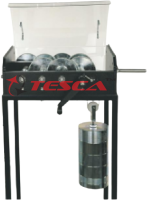
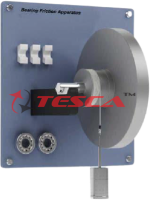
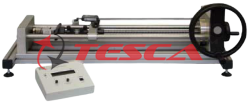

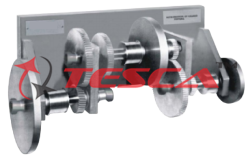
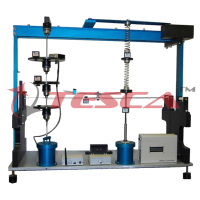
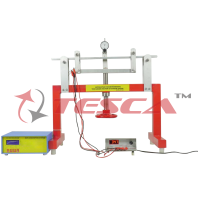

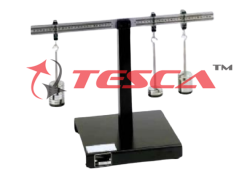

 91-9829132777
91-9829132777